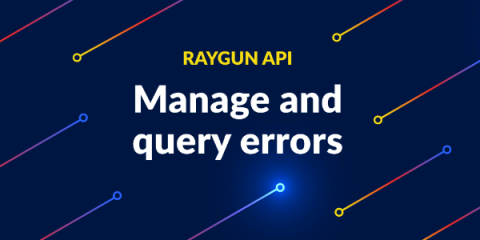Operations | Monitoring | ITSM | DevOps | Cloud
Raygun
The hidden impact of cache locality on application performance
Using a possibility tree for fast string parsing
Part one: 7 must-know object-oriented software patterns (and their pitfalls)
Object-oriented (not orientated!) design is a fundamental principle of modern software engineering, a crucial concept that every developer needs to understand and employ effectively. Software design patterns like object-oriented design serve as universal solutions to common problems, across a range of instances and domains. As software engineers advance in their careers, they actually often start using these patterns instinctively, even without knowing it.
Why every developer needs to learn about source maps (right now)
Introducing Error Groups to the Raygun API
Part two: 7 must-know object-oriented software patterns (and their pitfalls)
New Raygun JS provider v2.27.0 to support performance timing
A guide to single-page application performance
Best practices for tracing and debugging microservices
Tracing and debugging microservices is one of the biggest challenges this popular software development architecture comes with - probably the most difficult one. Due to the distributed architecture, it's not as straightforward as debugging traditional monolithic applications. Instead of using direct debugging methods, you'll need to rely on logging and monitoring tools, coding practices, specific databases, and other indirect solutions to successfully debug microservices.











